Well, hello there! You actually clicked on a link with the words mission statement in it.
You must be tough because most people head for the hills when they hear the words “mission statement.”
In fact, I’ve used it to get rid of people I don’t want around. Like that annoying acquaintance you bump into at the grocery store who wants to spend an hour telling you about their day.
“Hey, Ted, did I tell you I anchored the tug-of-war team to victory at the company picnic? There I was…”
“Hey, Stan, that’s great, but before you do, I really gotta tell you about this business mission statement I’m working on. It’s really great.”
“Yeah, maybe next time, Ted-O, just remembered I have to get home and cut the grass or fold socks-or something.”
Yep, the mere mention of mission statements can send the sturdiest soul scrambling for safety.
Yet, here you are, still reading. What a trooper!
For your bravery, I’m going to reward you with some information about mission statements that might actually get you excited about them.
You see, good mission statements can actually improve business and your marketing. Here’s what I mean.
How a mission statement connects to marketing
Mission statements bring purpose to why a business exists. That can give meaning to why people do what they do at work. That sense of meaning is reflected in how they do their job.
And that becomes the company brand. (Because we all know a brand has squat to do with colors and logos and everything to do with what other people say about you.)
That earned brand can be used in marketing that is genuine and authentic, the kind people believe.
Let’s try that theory on for size using Apple’s mission statement.
Apple strives to bring the best personal computing experience to students, educators, creative professionals, and consumers around the world through its innovative hardware, software, and internet offerings.
Notice they say “computing experience,” not computers.
To give the best experience, Apple must do something different from everyone else. They have to focus on how the customer feels while using the hardware, not the hardware itself.
The focus on customer experience carries a deeper meaning. It’s about the people you serve, and that drives a mindset of innovation.
That mindset gets reflected in the work they do, work that captures consumers’ imagination.
So their brand, what people say about them, is they help people create and work in a simple, better, and different way from their competitors.
And their marketing reflects that.

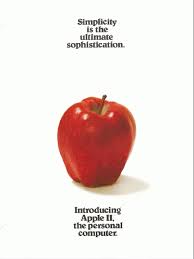
Mission before marketing
“Okay, Ted, that might be fine for Apple, but I’m a solopreneur. Do I really need a mission statement?.”
Yes.
Because it will keep you focused. In the grind of business, it can be easy to forget why you started in the first place. And once you forget that, you begin to lose the will to fight.
Yes.
Because it keeps your messaging consistent. It helps you shape your tone and voice guide so that when you start to hire designers and copywriters, they understand how to convey your message.
How to create a Mission Statement
“Okay, pal,” I hear you say. “If a mission statement is so important, how do I create one?”
It’s actually not that hard to do right. That’s the good news. The bad news is, it’s even easier to do wrong.
I’ve been a party to both success and failure. Here is a list of steps for ones that were successful.
Steps to creating a mission statement
1. Write a basic sentence or two of what your business does.
Ex. Daigle Copy and Strategy generates clear copy for small and medium-sized businesses and advertising agencies.
Keep it short and simple.
2. Write down why your business does what it does.
Ex. Great copy connects businesses with their customers. It is the bridge. Without it, the chances of failure increase. With it, companies and their clients win, and dreams become realities.
Get down to the heart of the matter. Ask yourself two questions. “What happens if we do this well?” and “What happens if we don’t?”
3. Write down how your business does it.
Ex. I research like a crazy person to find out everything I can about the company and their client. There will be no copy written without research first. Then, I think deeply about using that research to reach the customer to address their needs and desires. Then, I write using a strategic mindset, so the best copy is delivered in the best way possible.
Keep this simple, too. Don’t go into detailed processes or workflows. Pretend you only have twenty seconds to explain it to a stranger.
4. List your company’s core values.
Ex. Hyperfocus on Service, Excellence in research and strategic generation, Integrity, and honesty in customer interactions. Commitment to learning and growth. Clarity in copy.
These may not be used in the mission statement, but they serve as a guide.
5. Take the what, why, and how, marry them to the core values to generate a statement.
Ex. Daigle copy and Strategy brings businesses and customers together using clear, research-based copy. We provide the words and strategies businesses need to reach their goals.
Keep it brief. You, your employees, and contractors should be able to understand it and remember it.
How you implement the steps depends on a host of variables that would turn this blog into a book. So, we aren’t going there today, but I will take you to some resources at the end of this blog if you want to go there yourself.
Remember that every mission statement journey will be a bit different. Some will have committees formed. Others will simply have employees review a proposal and provide feedback so it can be redrafted.
There are lots of variations on the road to success
But it’s worth mentioning some things to avoid. I’ve been a part of some mission statement failures, and here is what I learned.
Rules for creating a mission statement
Rule 1: Don’t pencil whip your mission statement. It isn’t easy to write a concise statement that captures what your company is about. But, if you rush the writing, it is easy to write a crappy short one that doesn’t really do anything.
Rule 2: Don’t take too long. Agonizing over every little detail, forming ginormous committees with every imaginable stakeholder, and taking months to reach a single draft is a recipe for disaster.
You’ll probably wind up with a strange Frankenstatement that combines motive, history, vision, and who knows what else.
This is just as bad as the pencil-whipped version but much more painful.
Rule 3: Use the damn thing. It is a powerful weapon in building company culture (which I don’t have time to get into here) and marketing. It’s a sad waste when a company builds out a great mission statement that just sits there.
Here’s how you use it to build out your marketing strategy.
Matching the mission to the marketing
All this work is pointless if your mission isn’t reflected in your marketing. It can be as straightforward as the fast-food juggernaut, Raising Cane’s.
Here’s how it defines itself on its website.
Raising Cane’s is a restaurant company that has ONE LOVE- quality chicken finger meals. Cane’s is known for its great crew, cool culture, and active community involvement.
And here are some of its advertisements.
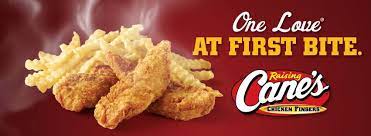
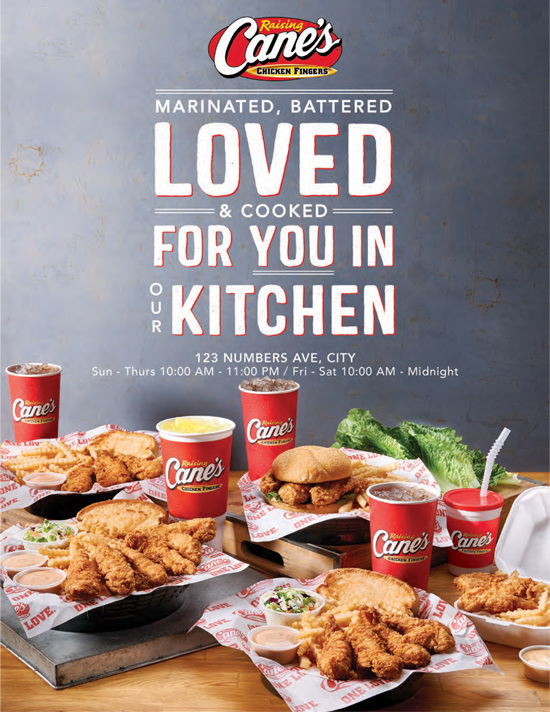
Even without seeing its mission statement, you can tell what they are all about.
Now, take Nike. Here’s their mission statement.
“To bring inspiration and innovation to every athlete in the world.”
When they are actually focused on the mission statement and not waving the flag of self-righteousness, their advertising actually meets the mission.

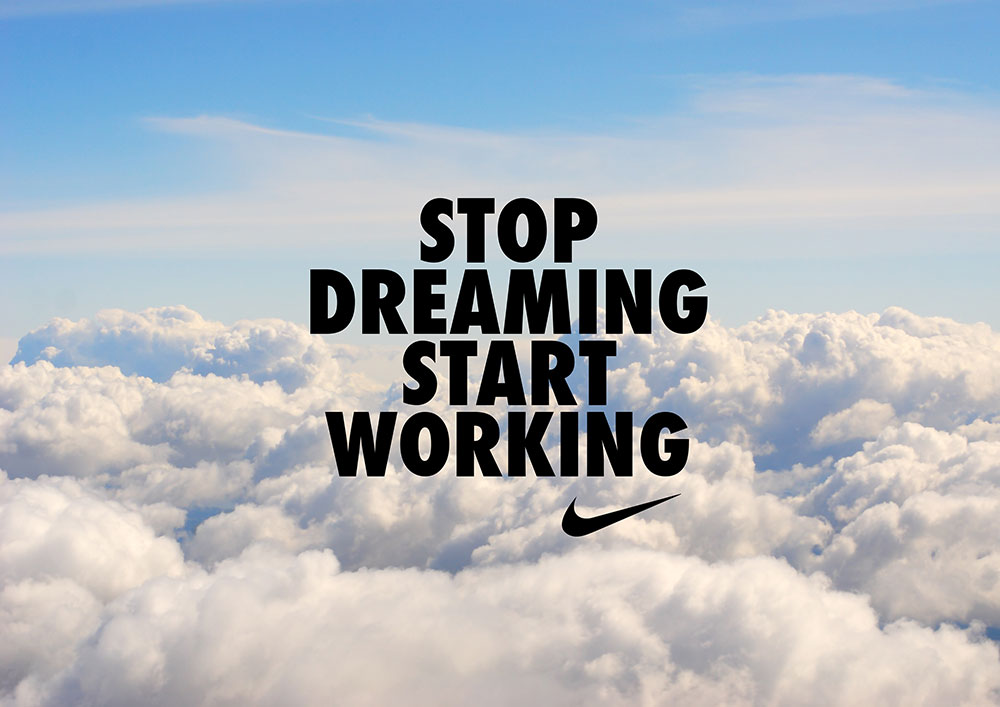
But I’m getting a little ahead of myself.
Before producing ads that reflect your mission statement, it must first be connected to your tone and voice guide.
This won’t make any sense if you don’t know what a tone and voice guide is.
If not, you are in good company. But it’s essential, so pop over here to find out what they are and how to create one. Then come right back.
I’ll wait.

Back? Okay!
So how do you connect your mission to your tone and voice? Take a look at your mission statement.
How does it read? Is it businesslike? Inspirational? Fun?
Take its essence and build it into your tone and voice guides. Then, determine how you want all your messages to sound and define them.
For example, Raising Cane’s wants theirs to sound friendly, fun, and relatable. Nike wants theirs to sound gritty, inspirational, and challenging. Make sure the goals set in your tone and voice guide reflect the mission, as well.
Now take it for a test drive. Run it by some copywriters. Don’t know any? I’ll be happy to take a look at it for free. Just send it to ted@daiglecopy.com
Then ask them a simple question. “Does this have everything you need to write an ad for my brand in our tone and voice?”
Take that feedback, go back, and refine it.
Better yet, have a copywriter write it for you. Just be ready to collaborate heavily and spend some time refining as your business grows.
Your mission statement is your foundation
Think of your mission statement as the foundation of a house. It isn’t sexy, and most people don’t care about it, but you do.
Because you know that without a strong foundation, everything comes crashing to the ground.
If the mission is the foundation, then the tone and voice guide is the frame. But, like the foundation, it isn’t exactly cocktail party talk (unless you build houses).
But it is absolutely necessary. Because your ads are like all the extras you put in the house that grab people’s attention and make a statement.
Those ads will be a hellacious mess if you don’t have a mission statement and get it connected to your tone and voice guide.
Those mission statement resources I promised
For the record, there’s no affiliate marketing going on here. I don’t get a penny for listing these resources. They are simply ones that have helped me gain success in building and using a mission statement well.
Click on the icon to visit them.
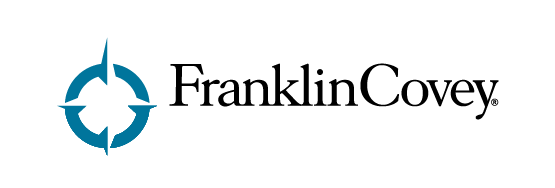
A classic, but they continue to adapt and get better over time.

A list of excellent mission statements and why they work. It also has a free guide on building a mission statement, including templates.

If you only click on one of the resources offered here, make it this one.
Mission accomplished
My hat is off to you, marketing warrior. You made it all the way to the end of an article about mission statements.
Now you have a better understanding of
building a mission statement, syncing it to your tone and voice guide, and connecting it to your advertising.
Those are powerful tools. Use them wisely and, if you have any questions or comments, be sure to let me know.
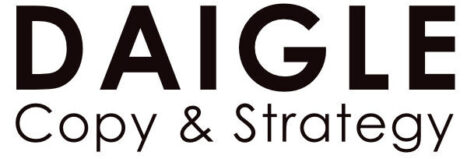
I need to to thank you for this good read!! I certainly enjoyed every bit of it. I have you saved as a favorite to look at new things you postÖ
I would like to thank you for the efforts you have put in penning this website. I really hope to check out the same high-grade content from you later on as well. In truth, your creative writing abilities has motivated me to get my very own site now 😉
Thanks for your blog, nice to read. Do not stop.
Excellent post!
Thank you!